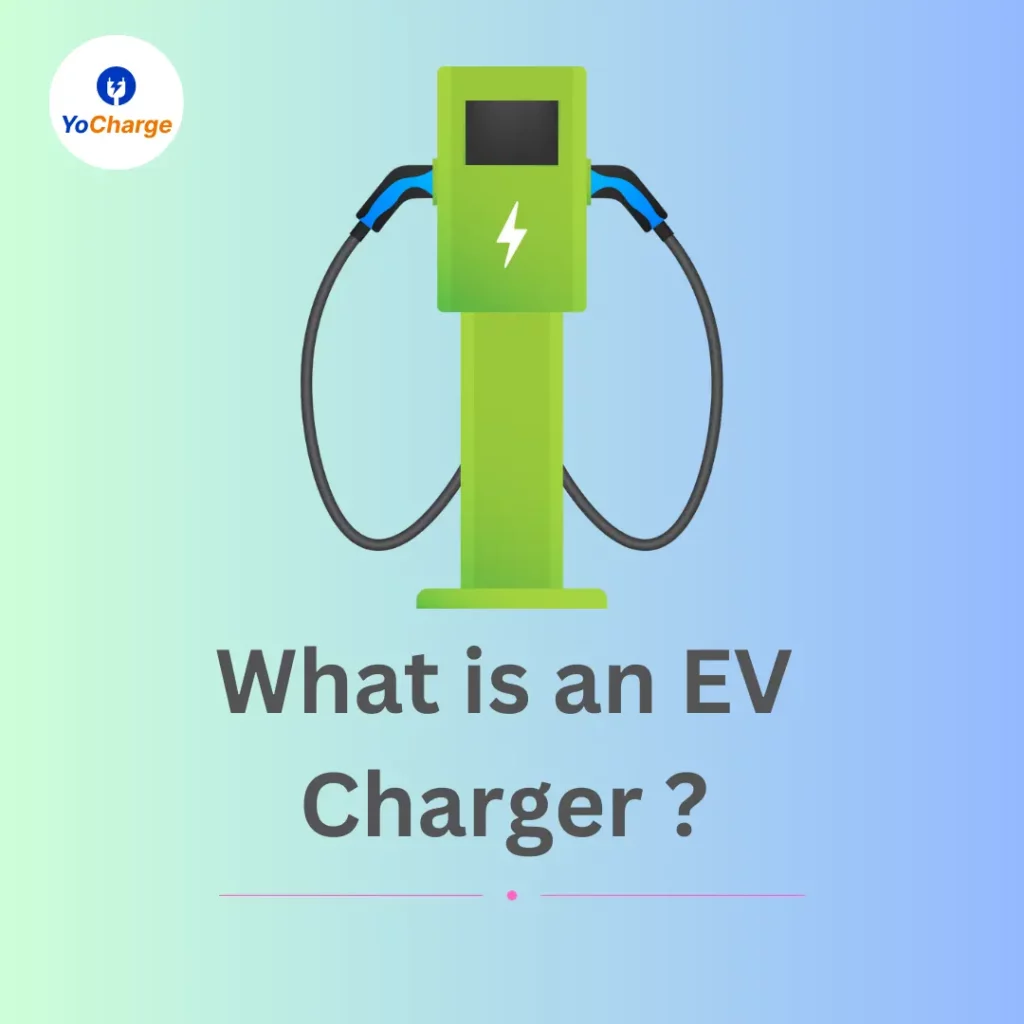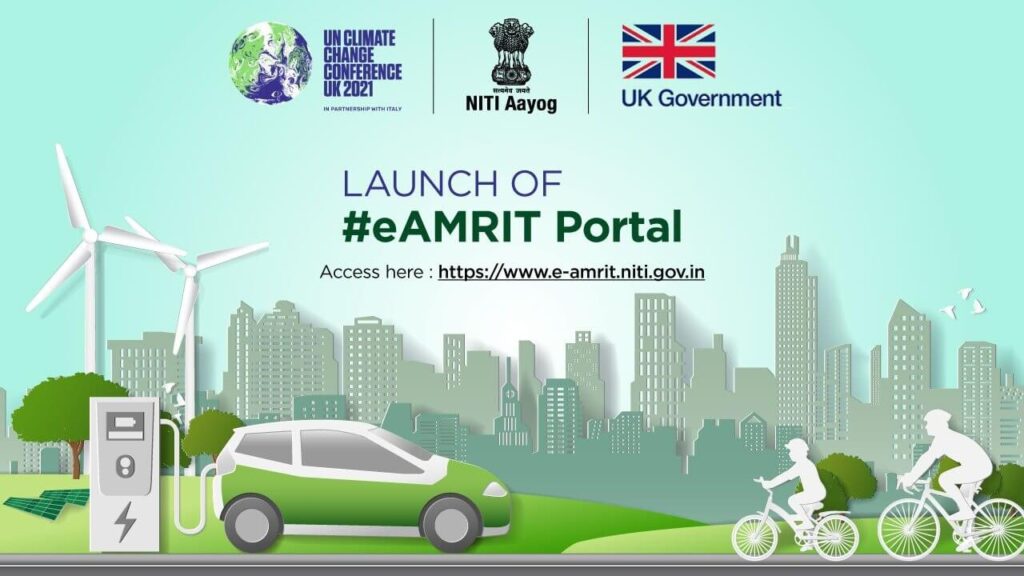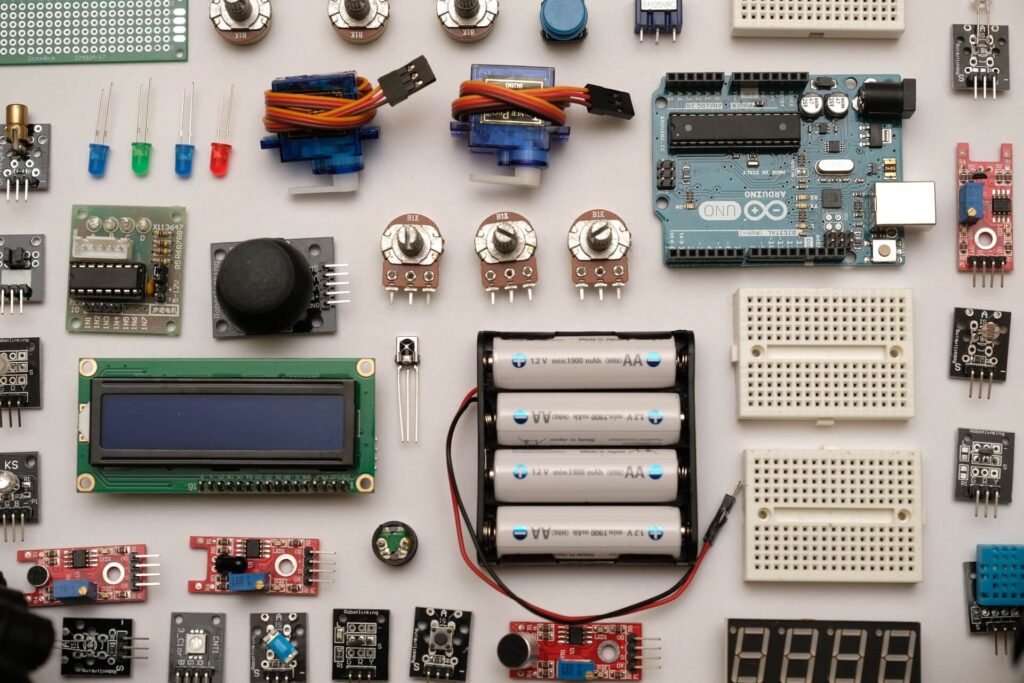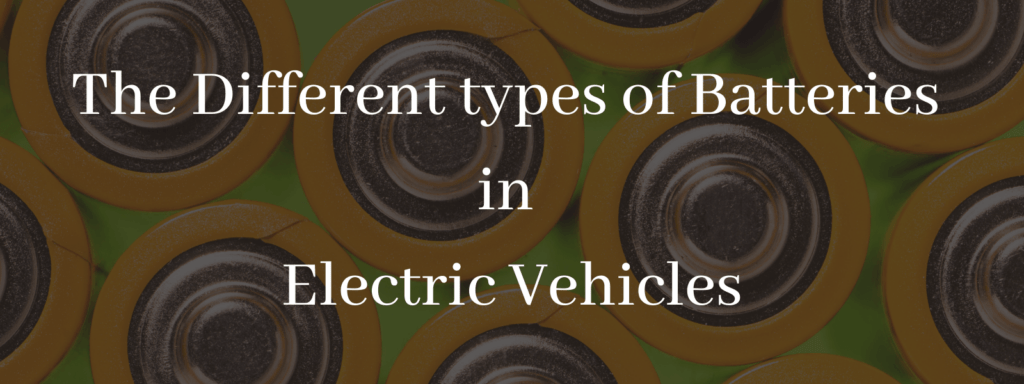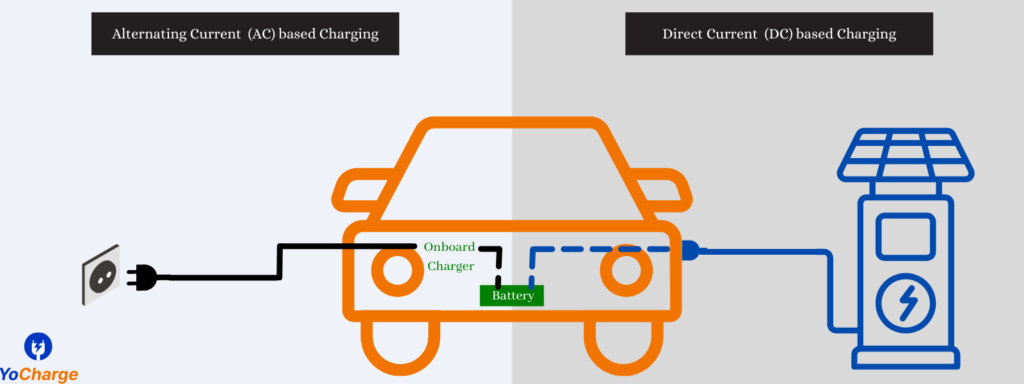
The main component of an electric vehicle is its electric motor. This electric motor is powered by an electric battery. While the batteries store only DC Charge, there are mainly two ways to charge the battery i.e. through an AC Charger or through a DC charger. In this blog, let us discuss the differences between AC and DC chargers and corresponding charging in detail.
AC chargers
The AC EV Chargers take input AC current & provide AC output current. The AC charger acts as regulator & controller. The Charge is delivered in AC mode to onboard Charger of the Car (EV) and the onboard charger converts AC power to DC power and chargers the battery. he ac chargers offer utility in terms of smart operation & metering, data analytics, safety, earthing & other checks etc. They are most suitable at homes and for night charging. The charging speed is in the range 22kW-43kW per km/h.
In addition, the batteries can only store DC power. So, while charging electric vehicles, there should be a mechanism to covert the input power to favorable DC power, If the input power is AC. When the power supplied to electric vehicle is ac. This conversion is taken care by onboard charger.
Read more on onboard charger & controller
AC chargers can be divided into two:
- Type 1 : They have a charging rate of 2.5kW to 3kW. Depending on the battery power the time required to charge varies from 1-6 hours.
- Type 2: They have a charging rate of 7.7 kw to 22 kw. Mainly used to charge batteries with higher power rates.
Advantages
- Cost effective
- They are available easily
- Installation is simple
- Charges at a continuous rate
Disadvantages
- They are slow in charging
- Limited power. Since the AC power depends on the capacity of on-board charger
DC chargers
In DC chargers, DC power is given directly to the battery bypassing the on-board charger. Here the DC charger itself has a converter, that converts the AC supply to DC current before giving it to the battery. The charging speed is in the range 50-100kW per km/h. To be more precise, Dc chargers can supply the range of 100 km or more per hour of charging.
Mostly used in highways and charging stations. DC fast charging is essential for high mileage, high fleet and heavy vehicles. The charging curve is a degrading curve. In other words, the initial fast rate at which the battery accepts power decreases as it approaches its total capacity.
The charging curves of AC and DC chargers is given below:
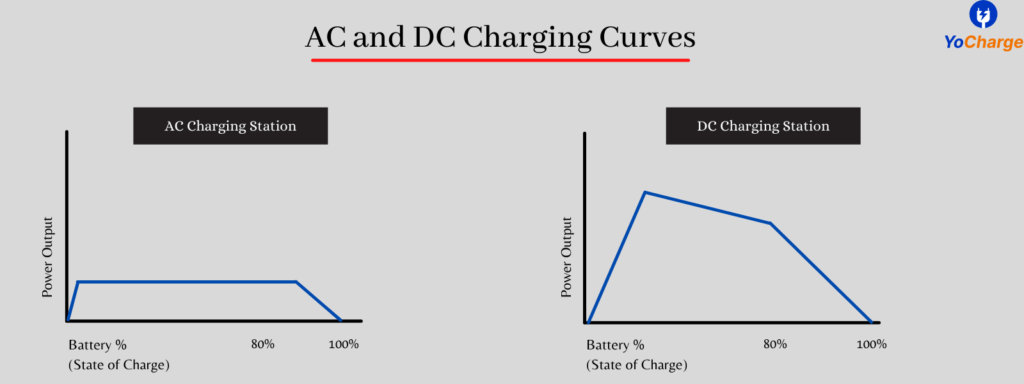
Advantages
- Charging speed is high
- Ability to charge more drivers in a day
Disadvantages
- They are expensive
- Complex components and needs large space
- Needs large power supply
DC chargers also accompany renewable sources of energy.
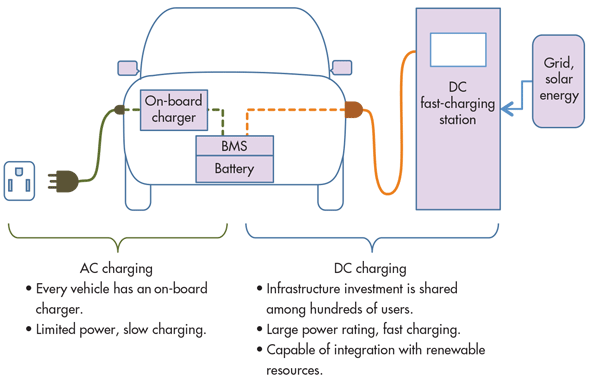
The IS-17017-Part-25, which is specifically for providing low DC power of less than 7kW for light EVs, was just finalised by the BIS (Bureau of Indian Standards). Communications will follow the IS-15118 series when the Combined Charging System (CCS) standard is implemented, which can support both AC and DC charging.
Indian Standard for DC charging
Difference between AC and DC chargers – Summarised
| Parameter | AC Charger | DC Charge |
|---|---|---|
| Charging Current | Provides AC Current to On-board Charger | Provides DC current directly to batteries |
| Cost | Relatively Cheaper | Higher Costs |
| Charging Speed | Usually limited by capacity of onboard chargers. | High Charging Speed, depends on DC Charger Capacity & Battery Voltage |
| Applications | Usually used at Home or destination chargers (overnight) | Usually used at midways, conventional fuel pumps & other fast charging locations. |
